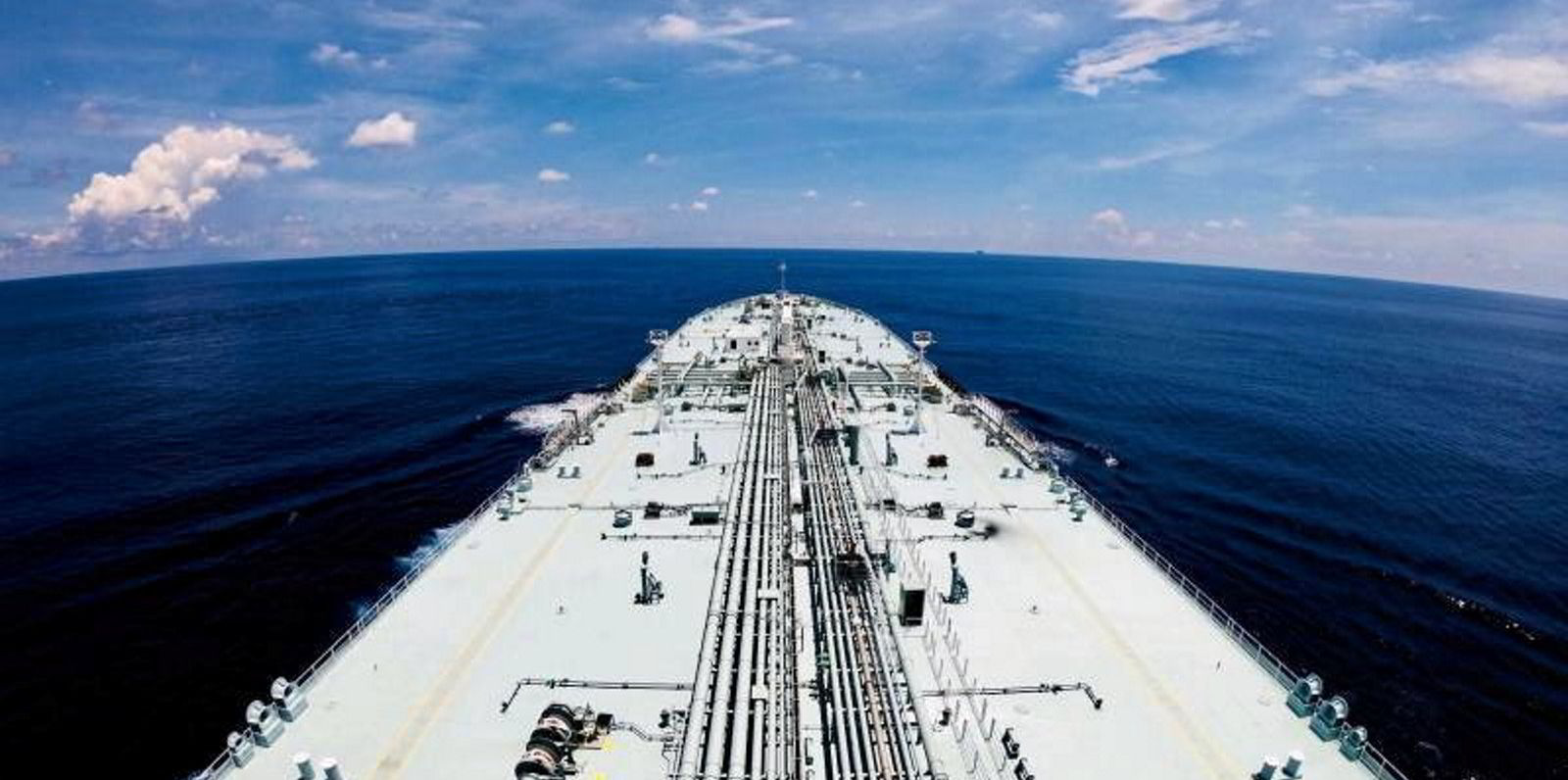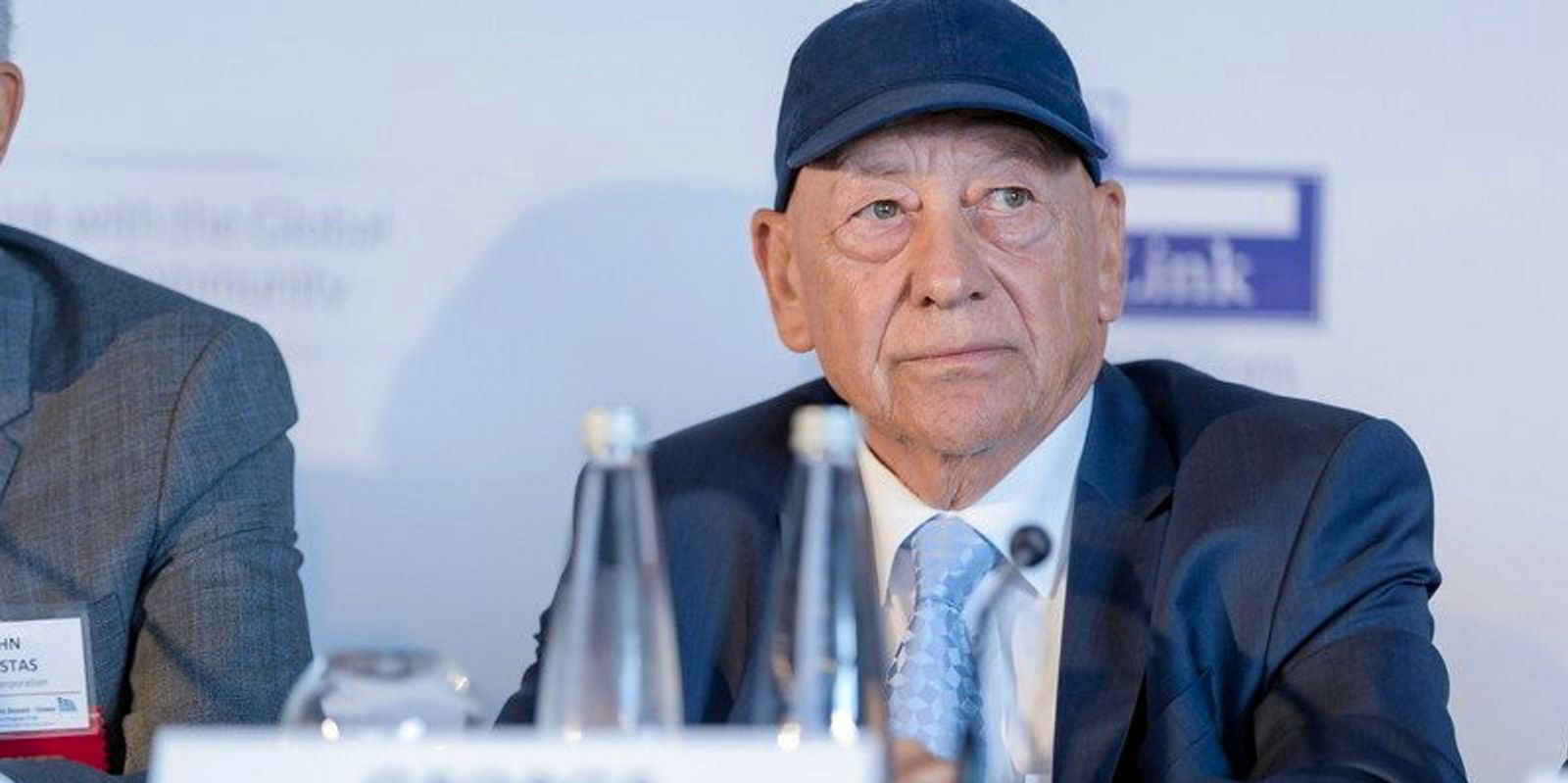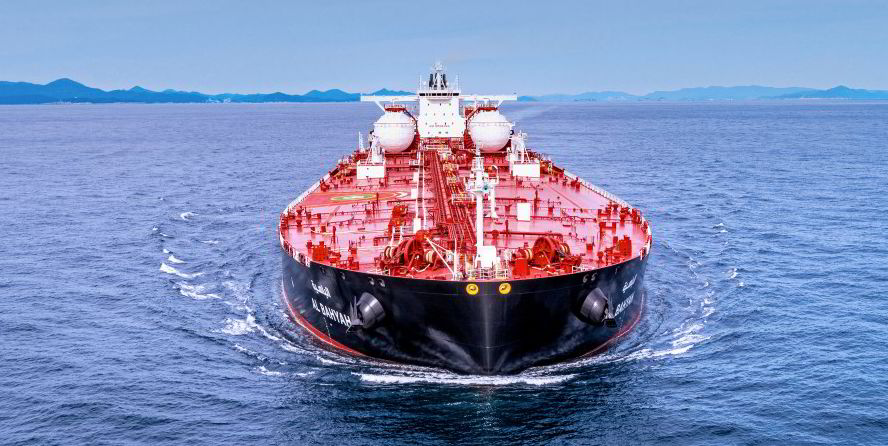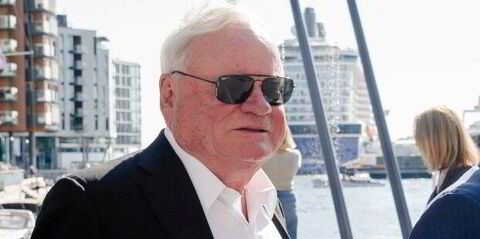Product tanker rates have rallied in recent weeks and Clarksons thinks more is on the way.
The shipbroking giant’s LR2 fleet weighted average hit $56,700 per day, a 14.5% jump from last week and a rise of nearly 40% from last month, while MRs hit $38,200 per day and LR1s $41,300 per day — even in refinery maintenance season.
Analyst Frode Morkedal said global refinery runs have fallen by 600,000 barrels per day year over year but remain at strong levels and could, based on International Energy Agency forecasts, add 1m barrels per day each month through July.
“This projected sequential increase of more than 3 mb/d, with roughly one-third destined for seaborne trade, should improve regional price differentials and encourage more long-haul shipments,” he said.
“These factors, combined with ongoing Suez Canal disruptions, have the potential to drive up freight rates in the coming months.”
Clarksons’ bullish outlook is shared by several product tanker owners.
In its first-quarter earnings, Ardmore Shipping chief executive Anthony Gurnee said he expects rates for his company’s fleet of MR tankers to strengthen through the rest of the year, thanks to rising demand, a low orderbook and lack of dry-dockings.
It expects its MRs to earn $40,500 per day in the second quarter, up from $38,400 per day in the first quarter.
Scorpio Tankers is projecting a drop in earnings for its LR2s, from $57,250 per day in the first quarter with 53% of days booked at $51,700 per day in the second quarter.
Its MRs, although, like Ardmore, have seen increases, rising from $35,025 per day to $38,000 per day with 51% coverage.
Morkedal said after earnings releases, most product tanker owners are trading above net asset value, with Ardmore shares jumping 17% last week, boosting its shares to a slight premium.
In pre-market trading on Monday, shares rose $0.23 to $20.60.
Scorpio Tankers is one of the only owners trading below NAV, he said, with its New York-listed shares reaching $78.10 in pre-market trading.
But the company announced alongside earnings that it had reached its debt repayment threshold and now intends to start returning cash to shareholders.
“The company prefers to buy back stock when it trades below NAV, implying that this discount may not last long,” Morkedal said.





